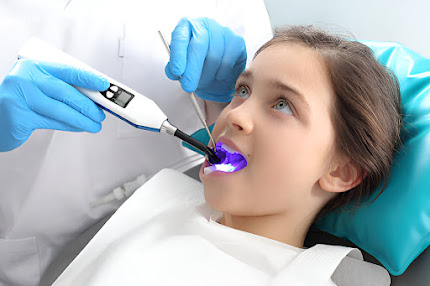Common Causes of Tooth Decay: Why Restorative Dentistry is Necessary
Tooth decay, a prevalent dental issue, occurs when acids produced by bacteria erode tooth enamel. Poor oral hygiene, sugary foods, and acidic beverages are common culprits. Neglecting regular dental check-ups can lead to unnoticed decay, exacerbating the problem. When left untreated, decay can progress, causing pain, infection, and even tooth loss. This is where restorative dentistry plays a crucial role.
Restorative dentistry encompasses various treatments for composite fillings, crowns, and root canals, aiming to repair damaged teeth. Dental fillings restore small to medium cavities, preventing further decay. Crowns cover extensively decayed or weakened teeth, providing strength and protection. Root canals remove infected pulp, salvaging severely decayed teeth. These procedures not only alleviate pain but also preserve natural teeth, maintaining proper oral function and aesthetics.
Regular dental check-ups are essential to detect and address decay promptly. Restorative dentistry not only restores dental health but also enhances overall well-being. By seeking timely treatment, you not only prevent the progression of decay but also avoid more invasive and costly procedures in the future.
Consult with a restorative dentist near Clear Lake City to safeguard your smile and oral health. Their expertise can ensure effective treatment, preventing the consequences of untreated tooth decay and preserving your radiant smile for years to come.



Comments
Post a Comment